Restoring a treasure: Audubon Corkscrew Swamp Sanctuary passes hard-fought habitat milestone
One of the chief menaces to Audubon's beloved Corkscrew Swamp Sanctuary is an unexpected foe.
Most of Florida's invasive plant villains are exotics like melaleuca, Brazilian pepper, Old World climbing fern, water hyacinth and torpedo grass, which gobble habitat and can dry out critically important wetlands.
In this case, the sanctuary has spent five years and some $2.5 million fighting a Florida native: coastal plain willow, Salix caroliniana.
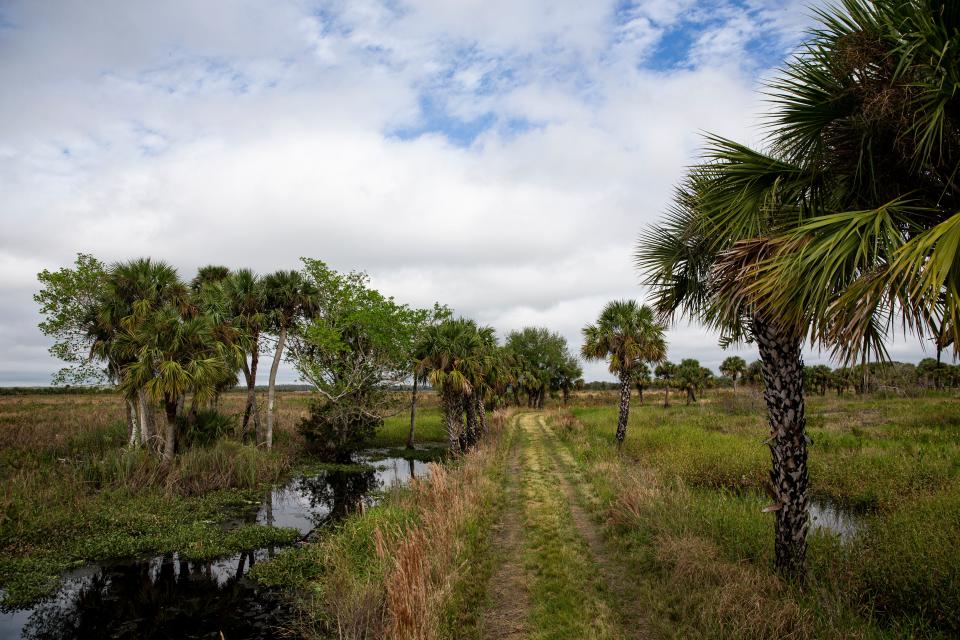
Long prized by Native Americans for basketry, fencing and furniture, the willow also has medicinal use as a pain-relieving anti-inflammatory. Aspirin’s active ingredient, salicylic acid, gets its name from the willow’s genus. It occurs naturally in the Sunshine State’s damp places, in wet prairies, marshes and along creek banks.
But in Corkscrew, the willow has gone rogue.
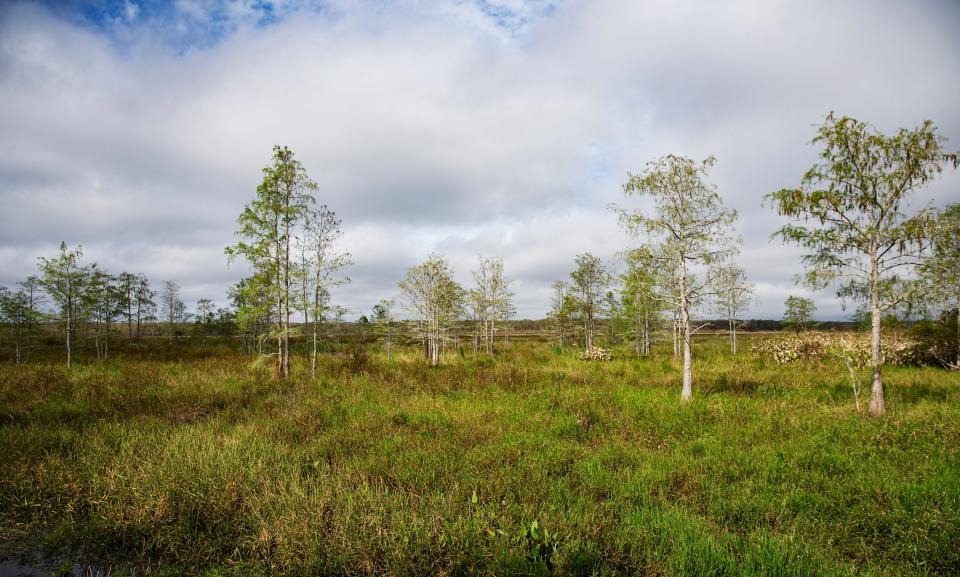
About 15 years ago, it started covering acres of land, crowding out other native plants and rendering the land inhospitable to the wild things that depend on it. So far, about 2,000 acres are currently overtaken by willow and other shrubs, says Audubon Florida’s senior communications coordinator, Renee Wilson.
More: Guest opinion: Celebrating the conservation of inland wetlands
More: For the birds: Wintering species making their way to Southwest Florida for the season
In 2018, the sanctuary started a counter-offensive, a three-pronged attack that includes shredding the willows and then burning the remnants.
Last month, Corkscrew celebrated passing the 1,000-acre milestone in the project’s first phase. This year alone, contractors mulched 252 acres, bringing the total mulched area to 1,103 acres, swamp managers say, thanks to donations from citizens, groups and businesses.
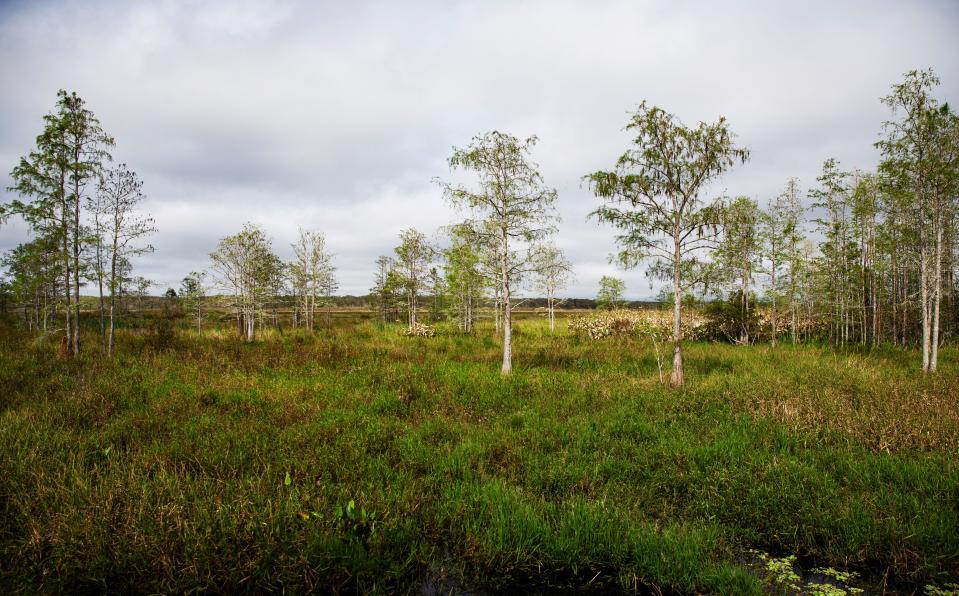
The work isn’t cheap. It costs $3,500 to mulch each acre, and the goal is 200 a year.
But if the swamp is to return to health, it’s essential.
Its 13,450 acres, which shelter the largest remaining, old-growth bald cypress forest on the planet welcome some 100,000 visitors each year.
Audubon’s three-step restoration strategy includes:
Mechanically mulching the woody vegetation;
Treating non-native and other undesirable plants trying to reestablish themselves in native grasses and wetland vegetation; and
Reintroducing prescribed fire to manage and maintain these wetlands long-term.
Before work began: 'A solid wall of willow.'
Once upon a time, things stayed balanced.
It may sound like a paradox, but Director of Conservation and Interim Sanctuary Director Marshall Olson points out that fire actually protects the wetlands by reducing woody plants that would eventually turn a water-retaining prairie into a dried-out forest. Naturally occurring fire is a key element in Florida’s natural systems, but government permits to do prescribed burns are harder to come by, now that homes, schools and businesses are closer.
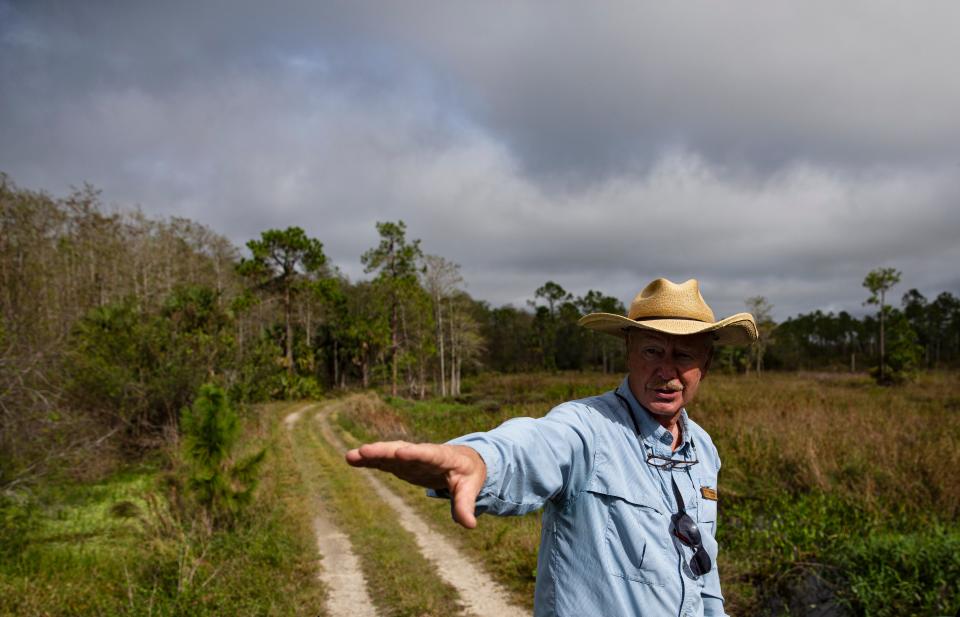
Plus, in recent decades, as humans have advanced ever closer to the swamp’s borders, the area’s hydrology has changed. Canals, hard surfaces, residential and agricultural development have changed the seasonal water patterns as well.

A recent swamp buggy tour for reporters showed before and after swaths, with the unrestored areas densely hedged with interlaced willows and the treated landscape looking as a wet prairie ought to, with calling limpkins, swooping raptors, including harrier and red-shouldered hawks, a barred owl and one stout, bellowing ‘gator.
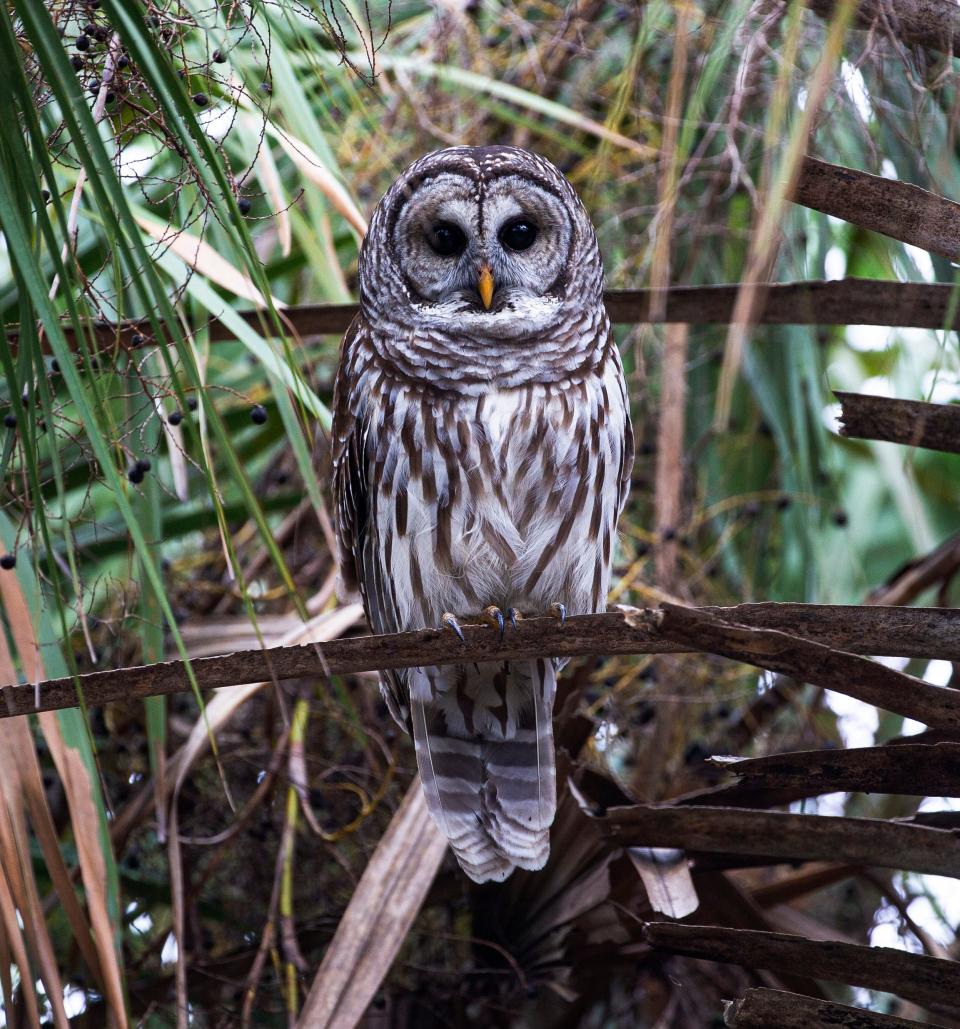
In one area, Olson said, the woody shrubs reached well overhead: “a solid wall of willow … We brought in a machine – what we call a mulching machine (to) come in here and shred the willow. Then we leave it lay,” he said. “It doesn’t last long … We’re finding that the shredded material doesn’t last much over a year” before it returns to the soil.
The mulching doesn’t remove the willow, Olson says – “We’re just giving it a severe haircut … The roots are all fine and we’re not impacting the soil at all” Once that was done, the grasses regrew “exactly like we hoped,” he said. “When we were done cutting, the rains refilled the marshy area and it drowned the willow.”
Sometimes, follow-up spot treatment is needed, but if all goes as planned, the next step is burning. “We’ll reintroduce prescribed fire, and that’s how we’ll be able to manage it from now on.”
The proof is in the paddling – the black-bellied whistling ducks and gallinules happily dabbling while bitterns, herons and egrets stalk the shallows.

“The critters obviously like it,” Olson said, adding that sometimes more than 400 black-bellied whistling ducks gather to use the restored area. “And we’ll see a lot more wildlife come spring … It can sometimes just be a feeding frenzy and that’s amazing to see.”
Learn more, if you go
Audubon’s Corkscrew Swamp Sanctuary, a Ramsar Wetland of International Importance, has been an Audubon-protected site for more than 100 years. Science-driven land management protects these 13,450 acres, including the world’s largest remaining, old-growth bald cypress forest. An estimated 100,000 visitors annually explore the Sanctuary’s 2.25 miles of boardwalk through ancient forest and marsh habitat. Memberships and donations provide crucial support for conservation work at the Sanctuary.
Corkscrew Swamp Sanctuary is at 375 Sanctuary Road in Collier County. It's is open daily - inclusding holidays - from 8 a.m. to 3 p.m. with the last admission at 1 p.m.
General admission: $17
Full-time college student (with valid school ID): $10
Children 6 to 14: $6
Children under six: FREE
Corkscrew Swamp Sanctuary Members: FREE
Members of the US Military (with ID): $14
National Audubon Members (with ID): $14
Tickets may be purchased online: https://tickets.audubon.org/corkscrew/events/cf871d94-540e-5878-f941-cb9fe0803c4f?_gl=1%2a1avrnum%2a_ga%2aNzQ4ODQxNTkxLjE2NjkxMzM1NzM.%2a_ga_X2XNL2MWTT%2aMTY2OTc0NTI2OS4zLjEuMTY2OTc0NTMwMS4yOC4wLjA
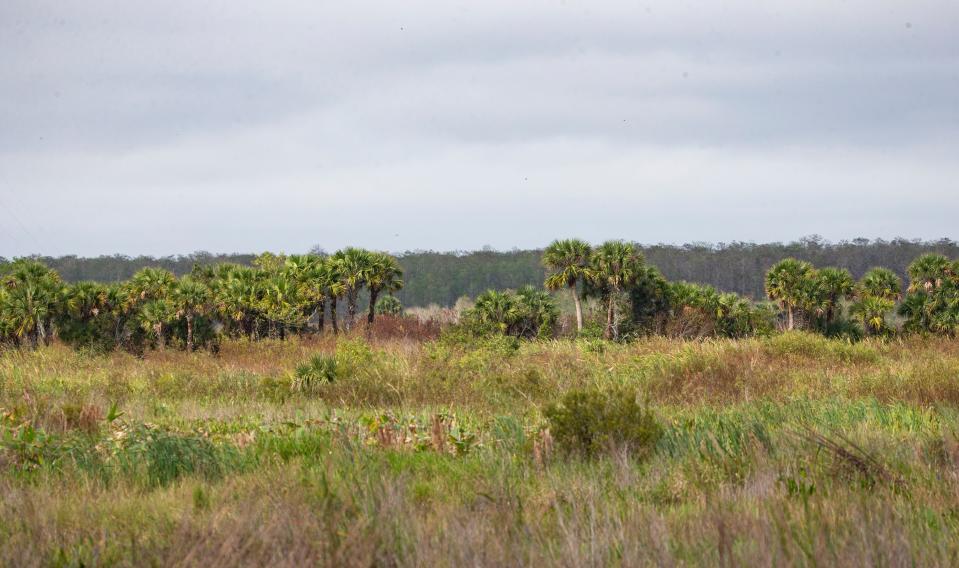
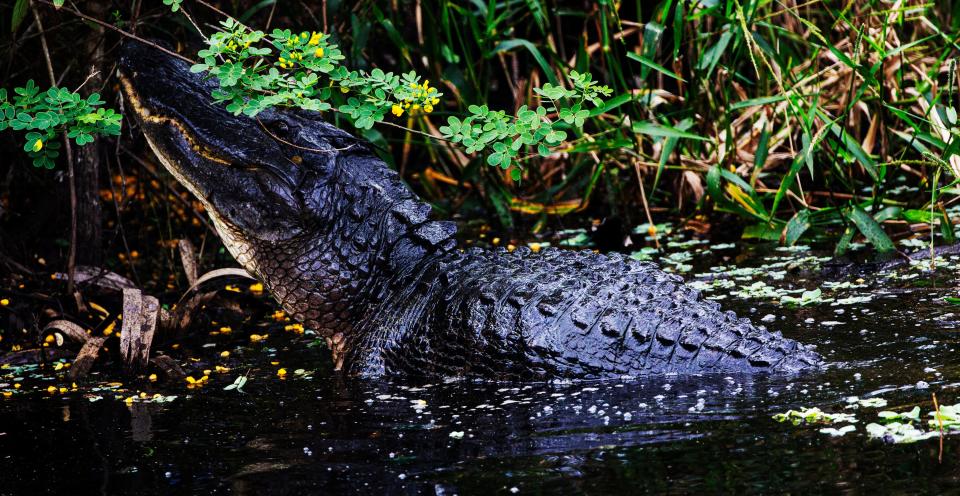
This article originally appeared on Fort Myers News-Press: Native plants gone rogue: Corkscrew Swamp Sanctuary wages war on willows

